Dan Friedkin’s takeover of Everton late in 2024 didn’t arrive with a drumroll. It was quieter than some big-money moves, and yet — somewhat quickly — it changed how people talk about power and influence in European football. The headline figure (about £500m for Everton) is one thing. What’s more interesting — to me, at least — is how that purchase has been steered toward fixing problems, building options, and positioning Friedkin as someone who now sits at actual decision-making tables.
A focus on fixing the books (and why that matters)
Most of the early spending after the deal wasn’t on flashy signings or headline wages. A lot of the cash has gone into cleaning up the balance sheet — paying down debts left over from the previous owner, Farhad Moshiri. Reports suggest Moshiri got less than £50m for his shareholding. The rest of the work has been about restructuring the club’s remaining liabilities, particularly those tied to the Bramley-Moore Dock stadium financing. They’ve pushed those obligations into longer-term, more favorable rates. The upshot: Everton should have more breathing room to invest in players soon — talk of a net spend above £100m in a summer window has been floated — and payroll increases are being considered after years of tight belts.
Also read: Why Chelsea Bet on Josh Acheampong — and Why It’s Starting to Look Smart
This is the dull but necessary stuff. People don’t always enjoy reading about refinancing, yet it’s what determines whether a club can compete sustainably. I find that kind of detail oddly reassuring — it suggests a longer-term plan, not just splashing cash to make headlines. Still, plans shift; football rarely runs exactly to schedule.
On the pitch — small signs, still early days
Under David Moyes, Everton’s form has been steady at times. There’s been a decent start to Friedkin’s first full season in charge, and their home record at Bramley-Moore Dock has been notably strong — unbeaten there, as I last checked. Of course, home form can change tomorrow. They were preparing to host Tottenham, which is the kind of fixture that reveals a bit more about where the squad stands. So, while the financial moves are important, the real test — always — comes with results and how the team responds to new investment and expectations.
Roma and the multi-club picture
Friedkin’s football interests are not limited to Everton. The Friedkin Group also owns AS Roma (and has connections with AS Cannes), and Roma’s story is its own half of the picture. The club narrowly missed out on Champions League qualification in the 2024–25 season but has pushed ahead with plans for a new 60,000-seat stadium. These plans have been long in the making and involve negotiations with local authorities that have taken years. So there’s a repeat theme here: big ambitions coupled with slow, practical work.
Two clubs in different leagues with one owner often raises questions — and not only from fans. This is where governance gets interesting, and slightly messy.
A seat at the table: Friedkin and the European Football Clubs (EFC)
Recently, Rome hosted the General Assembly of the European Football Clubs (EFC), the organization that used to be called the European Club Association. Friedkin represented both Everton and Roma at that meeting. That matters because he’s not just another owner; he’s one of 11 members on the EFC’s executive committee. Those committee seats include heavyweights — people like Nasser Al-Khelaifi and other big investors — and Friedkin now shares that space with them.
Why does that shift the game? The EFC is a representative body for professional clubs across Europe — it’s involved in talks about financial regulation, TV rights, competition formats, and the like. Since the collapse of the European Super League idea in 2021, the EFC has built back into a stronger voice, now including around 800 members. So, being inside the committee means you get to influence conversations that shape where money flows and how competitions are structured.
Regulating multi-club ownership — a thorny issue
Perhaps the trickiest subject Friedkin faces is multi-club ownership rules. There’s a very practical conflict-of-interest problem: UEFA’s rules can bar clubs from competitions if ownership arrangements create overlapping control. That happened to different clubs in the past year when administrative problems led to exclusions — a messy business that made regulators pay more attention.
Also read: Arne Slot’s Big Moment at Anfield — Can He Top Dalglish?
Friedkin, with direct stakes in both Everton and Roma, has a natural interest in how those rules evolve. He may support approaches that let clubs he owns compete in Europe without breaching rules — while others argue that strict separation is needed to protect competition integrity. There are technical workarounds — blind trusts, firewalls, and so on — but they’re imperfect and often blunt instruments. They can erode the synergies owners seek across clubs and, frankly, leave everyone juggling legal and commercial compromises.
Influence beyond ownership: commercial rights and broader governance
Beyond ownership mechanics, Friedkin’s role overlaps with discussions about commercial rights for UEFA competitions. These rights are massive — almost £3bn a year in value for men’s and women’s club competitions. That’s not a small pot. Whoever helps shape how that money is divided or sold affects clubs of every size. So, Friedkin’s position on the EFC executive committee, and his involvement in those commercial conversations, gives him leverage that goes beyond Everton’s transfer budget.
A balancing act — and some inevitable tension
There’s an obvious tension here. On one hand, Friedkin is putting money into stabilizing Everton, planning transfers, and trying to improve the squad. On the other, he’s involved in governance debates that could shape rules affecting Roma and Everton both. Some critics will see that as a conflict; others will point out that representation is needed so clubs like Everton — with different priorities from the very biggest teams — have a voice.
Also read: Why Enzo Maresca Isn’t Leaving Chelsea — Not Yet Anyway
I’m not sure where this will settle. It feels like a test case in modern football ownership: how do you balance club-level ambitions with responsibilities that stretch across leagues and governing bodies? Friedkin has moved quickly from being another new owner to someone who can influence the scene. That doesn’t mean everything will go his way, or that outcomes will be tidy. It does mean Everton’s future — on the field and off it — will partly be shaped by decisions he helps make in Brussels, Rome, or wherever these meetings take place.





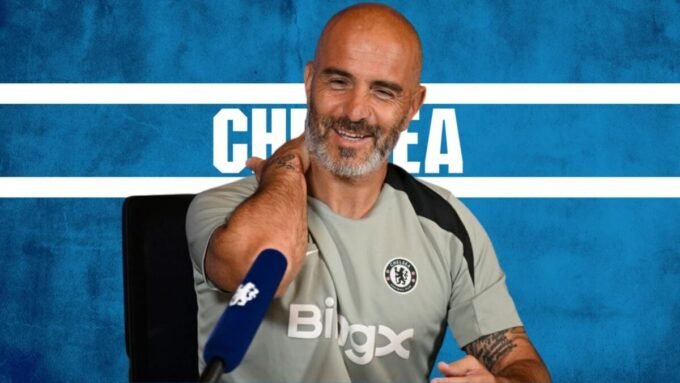



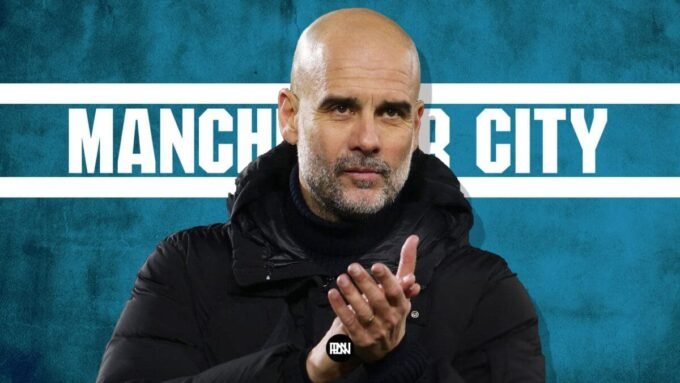
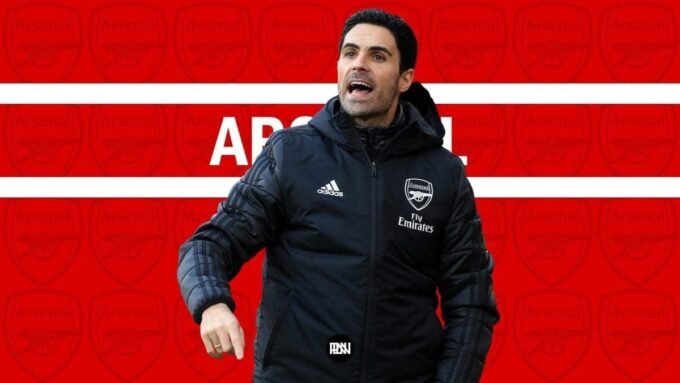
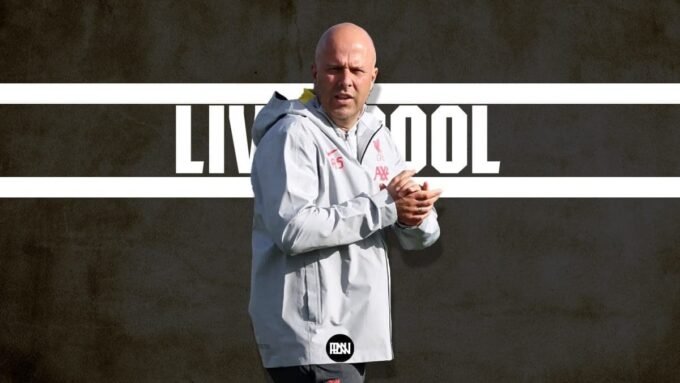
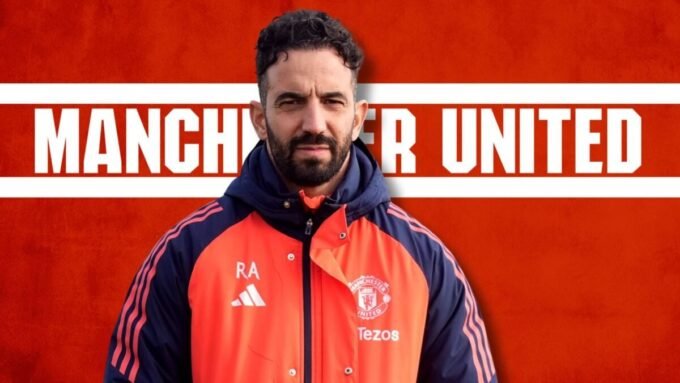


Check your facts before you comment, our article is completely correct check other news sources https://www.bbc.com/sport/football/articles/c4g39jge8gmo
https://www.skysports.com/football/news/11095/13275439/everton-takeover-the-friedkin-group-complete-deal-to-become-clubs-new-owners
I’m sorry to say this, but this article is completely wrong. Mr. Friedkin is at ECA (now EFC) ONLY AND EXCLUSIVELY THANKS TO AS ROMA. Everton has nothing to do with it. He joined in 2021 thanks to Roma managers, like Francesco Calvo, who is now CEO of Aston Villa. Everton isn’t even part of ECA (it’s considered a second division team by ECA), now EFC. At EFC, Friedkin ONLY REPRESENTS ROMA. NOT EVERTON. Roma has power and prestige that Everton doesn’t have. With Everton, he could NEVER have joined EFC, formerly ECA.